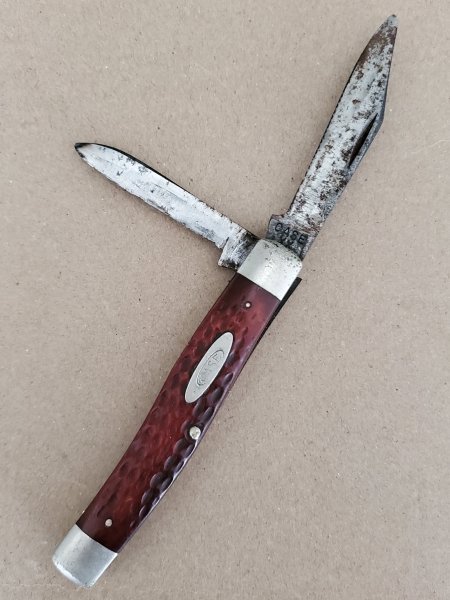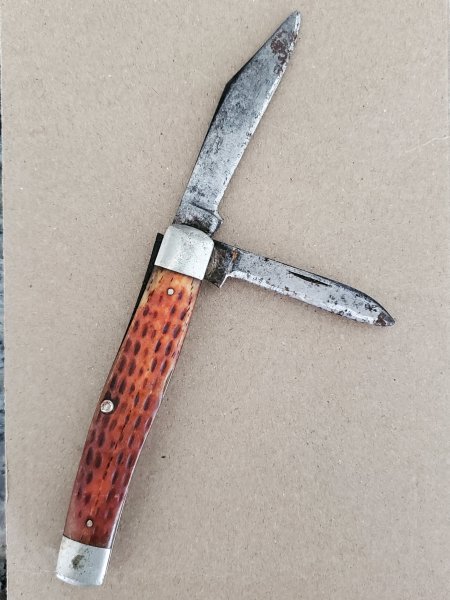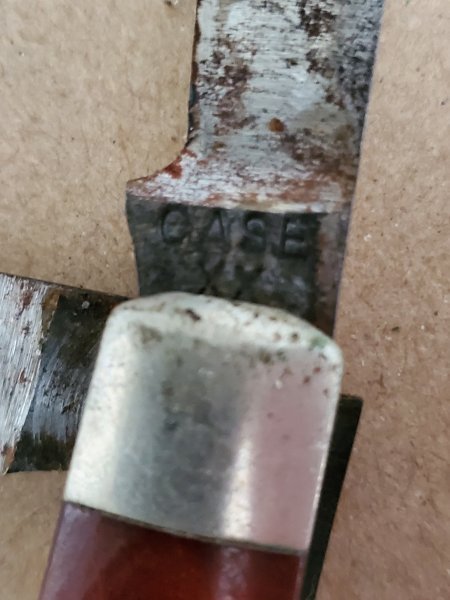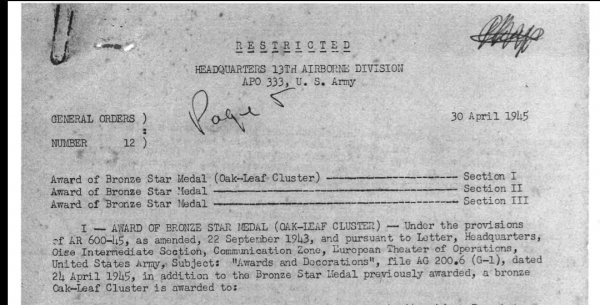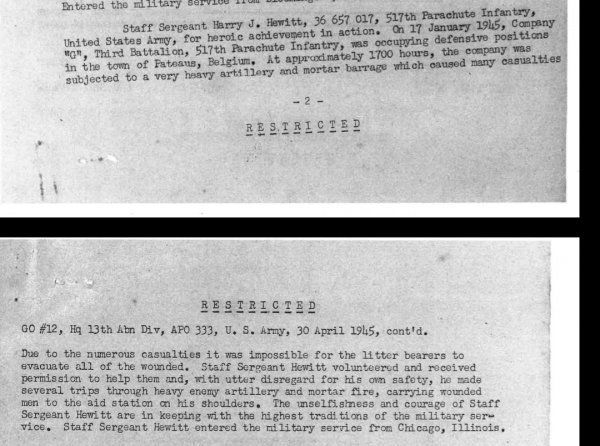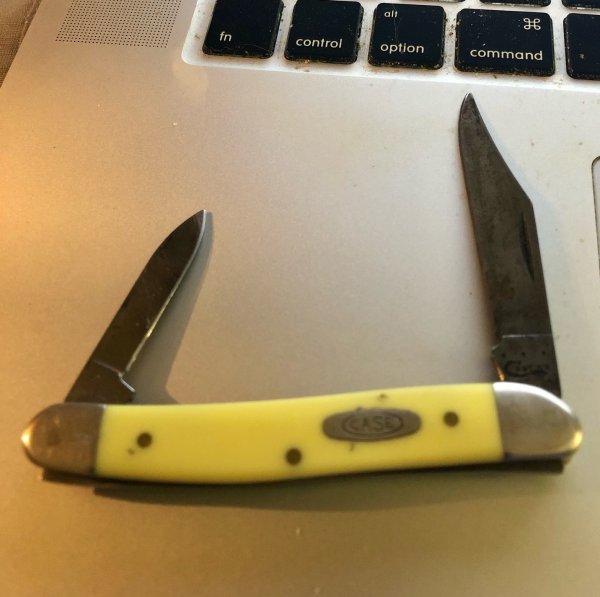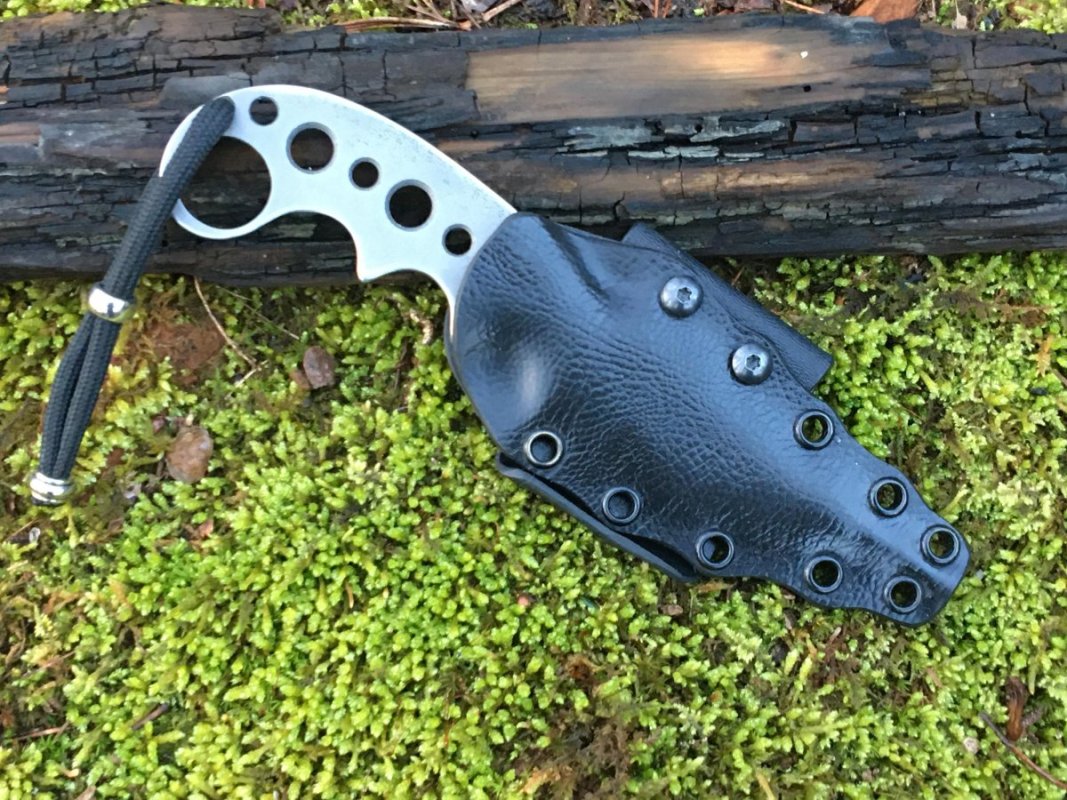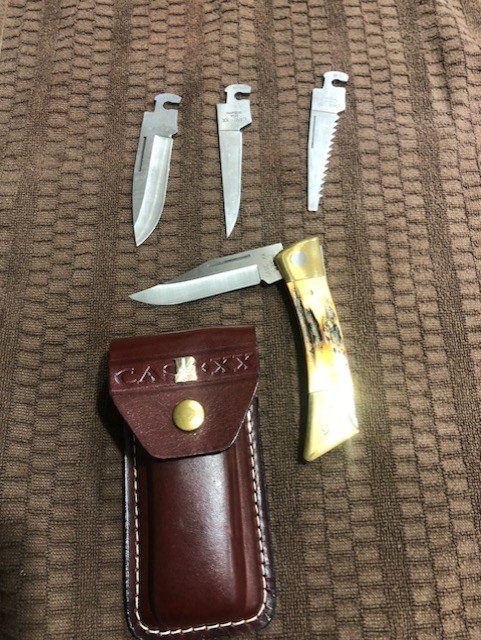Hey ODT. I recently found my grandfather's old pocket knife. Is there someone who can restore this thing? The blades are pretty rusty and I assume it would need some new production blades or maybe find the same period model and swap the parts over?
I would love if I could carry this thing around and be able to use it the rest of my life and pass it along again 50 years from now...
I am extremely proud of my grandfather as he was a WW2 veteran who never complained about anything a day in his life. Harry Hewitt was his name. He passed a couple years ago at 94 years old.
He joined the army and entered the 597th Parachute Infantry Regimen, which was the US Army's first tactical airborne regimen.
The 517th Parachute Regimental Combat Team accumulated over 150 combat days during five campaigns on battlefields in Italy, France, Belgium and Germany. The 517th saw heavy fighting in the Italian Campaign in June 1944, before being transferred to take part in Operation Dragoon in August 1944, in Southern France, which happened to be their first combat jump. Following the liberation of France, the 517th was attached to the 82nd Airborne Division and fought with it in Belgium, during the Battle of the Bulge. The
battalion casualty rate was 81.9 percent. The team suffered 1,576 casualties and had 247 men killed in action.
Sorry for the long read, but like I said, I am very proud of this man.
If you find this interesting to you, see the attached document describing how earned his bronze star. It's one hell of a visual to imagine.
I would love if I could carry this thing around and be able to use it the rest of my life and pass it along again 50 years from now...
I am extremely proud of my grandfather as he was a WW2 veteran who never complained about anything a day in his life. Harry Hewitt was his name. He passed a couple years ago at 94 years old.
He joined the army and entered the 597th Parachute Infantry Regimen, which was the US Army's first tactical airborne regimen.
The 517th Parachute Regimental Combat Team accumulated over 150 combat days during five campaigns on battlefields in Italy, France, Belgium and Germany. The 517th saw heavy fighting in the Italian Campaign in June 1944, before being transferred to take part in Operation Dragoon in August 1944, in Southern France, which happened to be their first combat jump. Following the liberation of France, the 517th was attached to the 82nd Airborne Division and fought with it in Belgium, during the Battle of the Bulge. The
battalion casualty rate was 81.9 percent. The team suffered 1,576 casualties and had 247 men killed in action.
Sorry for the long read, but like I said, I am very proud of this man.
If you find this interesting to you, see the attached document describing how earned his bronze star. It's one hell of a visual to imagine.


